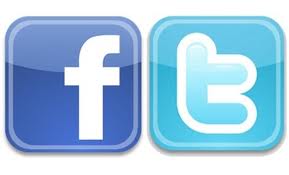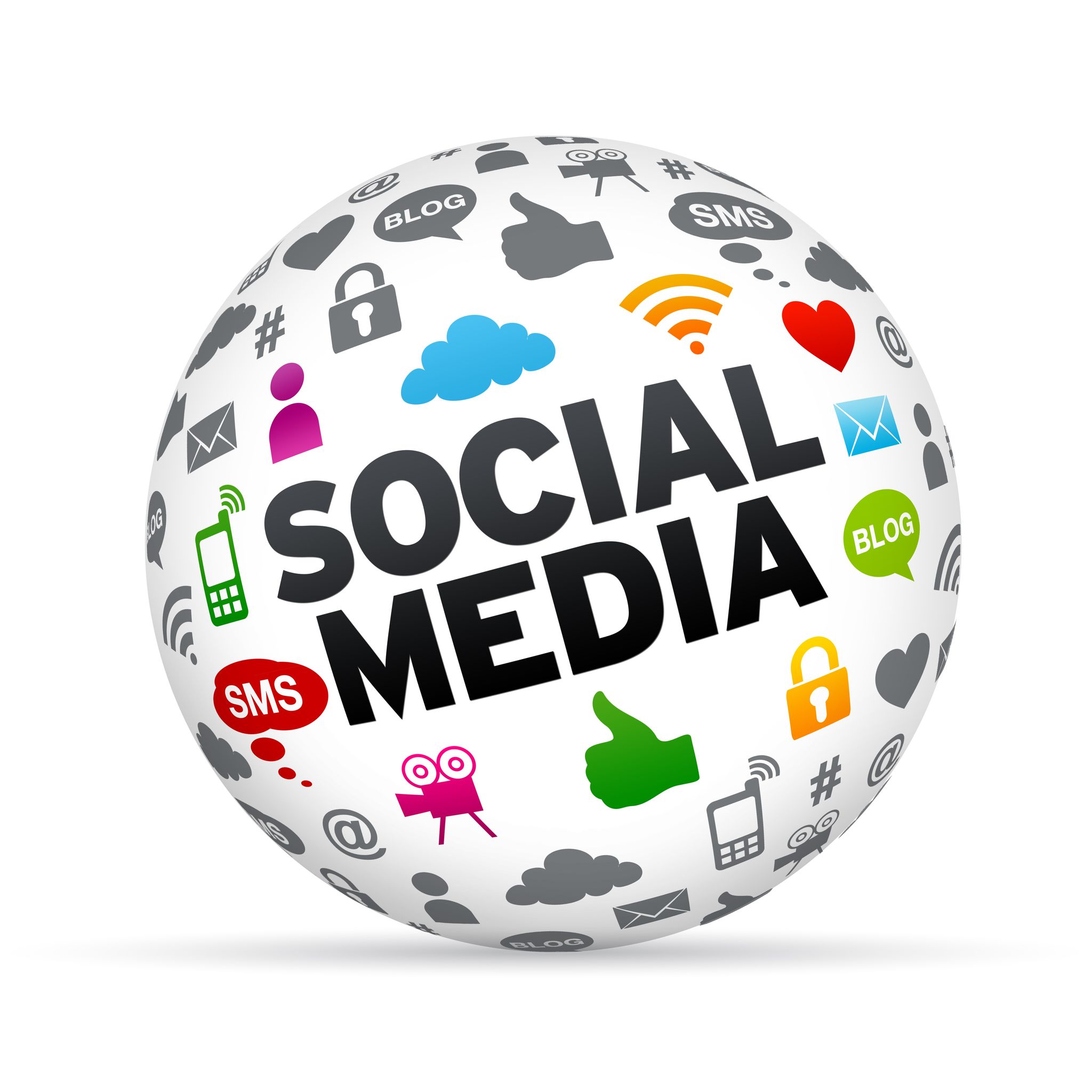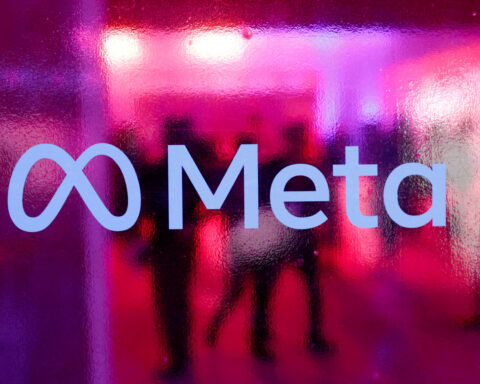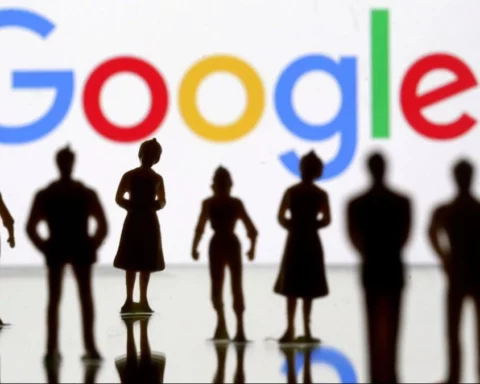 In late November, Twitter CFO Anthony Noto accidentally sent a public tweet he’d rather have kept private.
In late November, Twitter CFO Anthony Noto accidentally sent a public tweet he’d rather have kept private.
“I still think we should buy them,” his tweet, which has since been deleted, read.
“He is on your schedule for December 15 or 16 – We need to sell him. I have a plan.”
Noto was most likely trying to send a direct message to Twitter CEO Dick Costolo. And the company he was interested in buying was Mic, tech industry sources tell Business Insider.
Mic is a media start-up that has received more than $10 million in financing to become a publication of choice for millennials. The sources say Twitter made a loose verbal offer to buy the start-up late last year and that a dollar amount nearing $90 million was discussed. But Mic wasn’t interested, and the brief talks never went any further.
Mic isn’t the only media company Twitter has been interested in. Twitter is in talks to buy the news application Circa, Business Insider reported on Friday.
(A Twitter representative declined to comment on Noto’s direct message or say whether Twitter had acquisition interest in Mic or Circa. Both Mic and Circa declined to comment.)
Twitter may not end up buying a media company, but its interest in Mic and Circa is just one battle in an ongoing war over the future of news.
Every social-media platform, from Facebook to Twitter to Snapchat, is trying to find a way to win control over content and its distribution.
Even Pinterest is hiring a media team in New York to chat with publications about how they can partner together, a social-media executive told Business Insider.
Why the future of media is the big social platforms
Traditionally, media companies have operated independently and controlled their own destinies. They owned the whole content supply chain, from research to writing to publication to distribution. In the digital era, they built their own websites, which drew loyal readers (direct traffic), and they sold most of the ads that ran on their sites, keeping 100% of the revenue.
Those days are gone.
Now the fate of publishers increasingly depends on social platforms such as Facebook, where billions of people discover news to read and videos to watch. And the social platforms are equally interested in the media business.
There are three reasons media and social platforms are converging:
-Engagement. Having original, native content keeps people in apps like Facebook and Snapchat longer.
-Mobile. Increasingly, content is being consumed on mobile devices, not desktops. Social platforms offer better mobile experiences than many publishers do.
-Money. Advertising companies spend about $80 billion on television ads in the US. Those ad dollars are finally shifting toward digital video content in a meaningful way. All the social platforms want a chunk of it. That means they need video content to sell ads across. Those videos can be generated by users, media companies, or internally.
Though publishers might be worried that the platforms are going to siphon off the ad dollars that keep them alive, publishing straight to platforms isn’t a new concept. Dan Roth implemented this at LinkedIn a few years ago, encouraging people referred to on LinkedIn as influencers to write articles there first. While LinkedIn’s referral traffic to some publishers decreased, it is still a complement to many of them rather than a competitor.
Facebook’s plan: own articles, not media companies
Facebook wants media companies to start publishing articles on its platform first and their websites second.
The company has reportedly met with a dozen publishers, including BuzzFeed, The New York Times, and National Geographic, and it may host advertisements next to the content and split the revenue. Or Facebook may give some publishers all the revenue from certain ads to get publishers on board, according to a recent story by The Wall Street Journal.
These partnerships are most likely weeks away from launch.
For Facebook, the decision to focus on media is “100%” being driven by the industry’s movement toward mobile, a person familiar with the company’s plans said.
Right now, it takes a long time — eight seconds on average — for an external article or video to load once a Facebook user clicks a link. It takes an especially long time if the user is browsing Facebook on a phone because many news companies have sites that are not perfectly optimized for mobile. If Facebook starts hosting articles itself, it can speed up the process and create a better user experience, which ensures users will continue engaging with content in the future.
“Mobile (news consumption) is a terrible experience, and the mobile web is a wreck,” a source familiar with Facebook’s thinking told Business Insider.
Facebook doesn’t seem interested in buying media companies. Still, the idea of Facebook hosting original content has some publishers concerned.
Facebook’s native content plans could mean its algorithm, which dictates content in a user’s News Feed, will favor publishers that partner with the company. Anyone who doesn’t cooperate with Facebook’s native plans could be punished from a traffic-referral standpoint.
A Facebook representative says the company’s media partnership plans are still being developed and tested.
Snapchat’s plan: curate news from specific partners — and make some of its own
In January, Snapchat launched Discover, a section of its app reserved for select media companies. It chose 11 launch partners and stuck their logos on its app. It then asked them each to create five articles a day in a Snapchat-friendly format (short and visual with a vertical layout.)
Snapchat lets publishers keep 100% of the revenue if they sell an ad campaign for the platform and 40% if Snapchat sells it.
Snapchat also has an internal team producing original videos and short news stories for the app. CNN political reporter Peter Hamby was just poached to be the startup’s head of news.
Some partnering publications love Discover. Daily Mail US CEO Jon Steinberg wrote on Medium that Snapchat channels saw hundreds of thousands, or even millions of views per day. That means the opportunity for his advertising sales team is massive.
Steinberg says selling Snapchat ads is his team’s No. 2 priority, behind selling The Daily Mail’s own website.
Other publications, however, have complained that Discover views have seriously declined over the past few months. The Information’s Tom Dotan says publishers have seen views drop as much as 50% since January. Recently, Business Insider polled a group of heavy Snapchat users and found a lot of them didn’t use or didn’t like the product.
Snapchat-sold ads also seem to be sparse; a number of its sales executives including COO Emily White have left the company in recent months.
Publishers who weren’t invited to participate in Discover also have cause for concern. Snapchat’s product is currently extremely selective, and it dictates exactly which 11 media brands its users should be reading. If a reader is loyal to another publication, that reader must go elsewhere to find that content.
Still, Snapchat feels there’s an opportunity to bring branding and loyalty back to media companies. On Twitter, for example, all links look the same, and users aren’t always sure whether they’re clicking on a reliable news source.
“We tried to build something that tried to bring back the editorial perspective, because we believe it’s really valuable to have someone who’s smarter than us figure out what’s important, because that’s a full time job and a really hard one,” CEO Evan Spiegel said in February.
A Snapchat representative warned that it’s the “early days” for the company’s media efforts and it’s too soon to say whether Discover will include more publishers in the future.
Why Twitter might want a media company
It’s one thing for social platforms to partner with publications or deeply integrate their content. It’s another for them to produce, own, and distribute news.
If Twitter were to acquire a media company like Mic.com, it would suddenly make the company a direct competitor to many of its power users — journalists and media organizations — instead of a distribution partner. Twitter, unlike Facebook, does not use an algorithm to dictate which tweets show up in a user’s stream. Would that change if Twitter had internal content it wanted to promote?
A source familiar with Twitter’s interest in media says the company has no desire to cannibalize other media companies. Instead, owning a media company would allow Twitter to more quickly test tools and products for publishers before rolling them out to the broader community. Twitter today can use partnerships with publications to test things, but that process is slower than if it owned a content creator outright.
Any such deal would be similar to Comcast’s 2011 acquisition of NBC Universal. Comcast didn’t block competing networks from its cable service. Instead, the acquisition gave Comcast a better understanding of media companies and their needs and made them better able to serve all the networks.
“Twitter wants to be the No. 1 place for news, but what it is really concerned about is beating Facebook,” a person familiar with the company’s thinking said.
“If Twitter owned a media company, it could pilot stuff all the time, and if it performs well, they can allow other publishers to (use the same tools) … They’re not trying to alienate other publishers because they’re going to give them everything they’d give a media company they own … Anything to get a leg up on Facebook is what they want to do.”
A Twitter representative stressed that the company had “always been a complement to news” and intended to be one moving forward.






